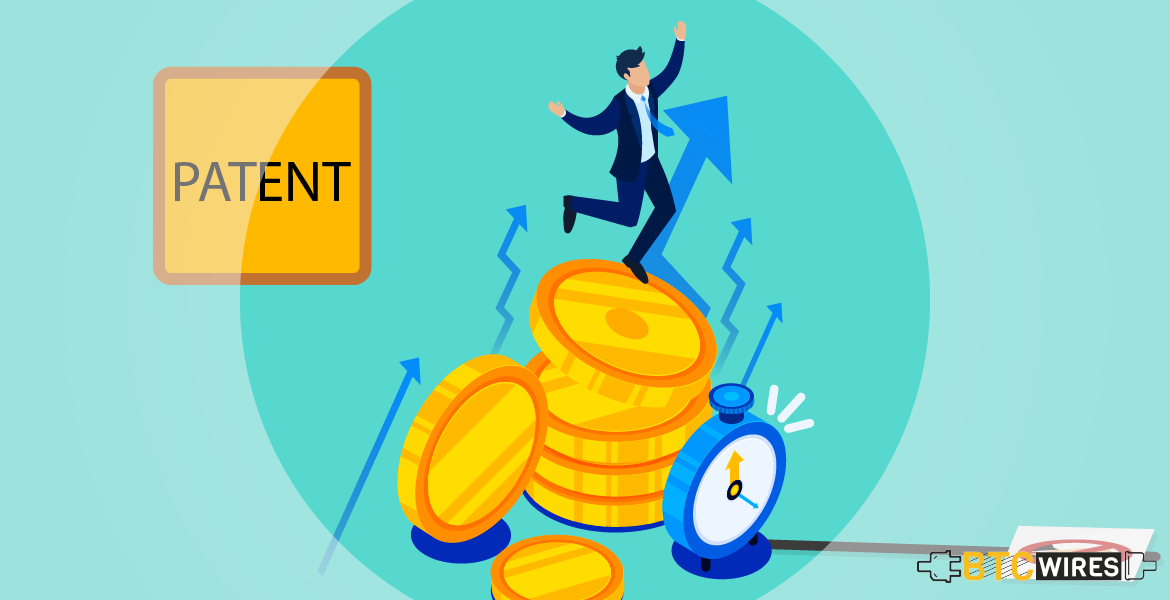Getting a patent on blockchain technology is like getting a

Getting a patent on blockchain technology is like getting a patent on an algorithm.
It is directed to an abstract idea and likely going to fail the first step of the Mayo test under US Law.
Nevertheless, depending on the specific claims that the patent application makes, the patent might still pass muster as patentable subject matter in case the second prong of the Mayo test is satisfied.
You May Also Read: Top 5 Blockchain Solutions For Charity and Social Impact
Breaking Down Step Two of Blockchain Patentability
Under step two, a claim that recites an abstract notion must include “additional features” to make sure that the claim “is more than a drafting effort developed to monopolize the abstract idea.
The issue with overcoming step two of the Mayo test for all the pending applications for blockchain tech will be the fact that the algorithm behind the technology is already well-known in the art, given Satoshi Nakamoto’s paper and the several papers that followed explaining the technology.
As a matter of fact, universities across the US are introducing courses on blockchain tech, some of which even offer an overview of the code behind blockchain.
When the patent applications append conventional steps, specified at a high level of generality, it’s not adequate to supply an inventive concept.
Even if the claim in these patent applications uses blockchain algorithm, and if it uses the algorithm in a procedure developed to solve a technological problem in conventional industry practice, then the assignee could still be granted the patent.
For instance,
In Diamond v. Diehr, the inventor was imparted the patent as the invention used a thermocouple for recording consistent temperature measurements inside the rubber mold-something the industry hadn’t been able to obtain.
In simple words, while the blockchain technology’s core is already popular, important additions as well as variations can be patented.
You May Also Read: Can Blockchain Technology Make Agriculture Safer?
Conclusion
The number of patent applications getting filed for blockchain technology is one the rife.
However, getting a patent on blockchain tech that employs a P2P network using Proof of Work for recording a public history of transactions is like getting a patent on an algorithm, that is not just directed to an abstract idea but also going to fail the first step of Mayo test under US law.
Nevertheless, if the patented invention uses the algorithm in a process developed to solve a technological issue in conventional industry practice, then the assignee could get the patent.
But even if a particular blockchain technology is considered to be patentable subject matter, then the claims in the application has to be shown as novel and nonobvious.
Some banks have recently been imparted patents on their own version of blockchain technology.
However, moving forward may be daunting to get such patents given that organization like R3CEV and Chain plan to make their blockchain software code open to the public.
Thus, it makes it even harder for patentee to show its invention meets the definition of novel as well as nonobvious.
Here are a Few Articles for you to Read Next:
